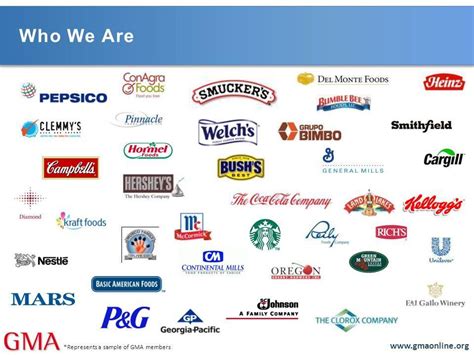A Deep Dive into the US Food and Beverage Industry: Recipes for Success
The United States boasts a vibrant and incredibly diverse food and beverage (F&B) industry, a complex ecosystem encompassing everything from small, artisanal producers to multinational giants. Understanding its nuances is key for anyone looking to participate or simply gain a deeper appreciation for this massive sector of the American economy. This article will explore the key ingredients that make up this industry, analyzing its trends, challenges, and future prospects.
The Main Ingredients: Key Segments of the US F&B Industry
The US F&B industry isn't a single entity; rather, it's a delicious mix of several distinct segments, each with its own unique flavor profile:
-
Food Manufacturing: This segment encompasses the production of processed foods, ranging from packaged goods like cereals and canned goods to more complex items like baked goods and ready-to-eat meals. Major players include giants like Kraft Heinz, PepsiCo, and Nestle, but smaller, niche brands are also thriving, particularly those focusing on organic, healthy, or ethically sourced products.
-
Food Service: This includes restaurants, cafes, bars, catering services, and institutional food providers like school cafeterias and hospitals. This segment has undergone a significant transformation in recent years, with the rise of fast-casual dining, ghost kitchens, and the increasing popularity of food delivery services.
-
Beverage Production: From the iconic Coca-Cola to craft breweries and boutique wineries, the beverage sector is equally diverse. The industry includes alcoholic and non-alcoholic beverages, with significant sub-segments including carbonated soft drinks, bottled water, juice, beer, wine, and spirits. Innovation in this sector is constant, with new flavors, functional beverages, and healthier options constantly emerging.
-
Retail: Supermarkets, grocery stores, convenience stores, and online retailers all play a crucial role in distributing F&B products to consumers. The rise of e-commerce has profoundly impacted this segment, with online grocery shopping becoming increasingly popular, forcing traditional retailers to adapt and innovate.
-
Agriculture: The foundation of the entire F&B industry lies in agriculture. Farming, fishing, and ranching provide the raw materials that fuel the entire system. Sustainability and ethical sourcing are increasingly important considerations within this segment.
Seasoning the Industry: Current Trends and Challenges
The US F&B industry is constantly evolving, shaped by a variety of trends and challenges:
-
Health and Wellness: Consumers are increasingly conscious of their health and are seeking out healthier options, driving demand for organic, natural, and low-sugar products. This trend presents both opportunities and challenges for manufacturers, requiring them to innovate and adapt to changing consumer preferences.
-
Sustainability: Environmental concerns are driving demand for sustainably produced food and beverages. Consumers are increasingly concerned about the environmental impact of their food choices, pushing companies to adopt more sustainable practices.
-
Technology: Technology is revolutionizing the F&B industry, from automation in manufacturing to personalized marketing and online ordering. Companies that embrace technology are better positioned to succeed in the competitive landscape.
-
Supply Chain Disruptions: Recent years have highlighted the vulnerability of global supply chains, leading to increased costs and shortages. Companies are working to diversify their sourcing and improve their supply chain resilience.
-
Labor Shortages: The F&B industry faces ongoing challenges with labor shortages, particularly in the food service sector. Companies are exploring innovative solutions like automation and improved employee benefits to attract and retain workers.
The Recipe for the Future: Projections and Opportunities
The future of the US F&B industry looks bright, but filled with dynamic changes. Continued innovation, adaptability to changing consumer preferences, and a focus on sustainability will be crucial for success. The industry will continue to be shaped by technological advancements, health and wellness trends, and the ever-evolving needs and desires of American consumers. The companies that successfully navigate these shifts will be well-positioned to thrive in this dynamic and rewarding sector. This includes a strong focus on e-commerce, personalized marketing, and data-driven decision-making. Investing in research and development to create new and exciting products will also be essential. The key to success is to consistently adapt and innovate, understanding the ever-evolving palate of the American consumer.
